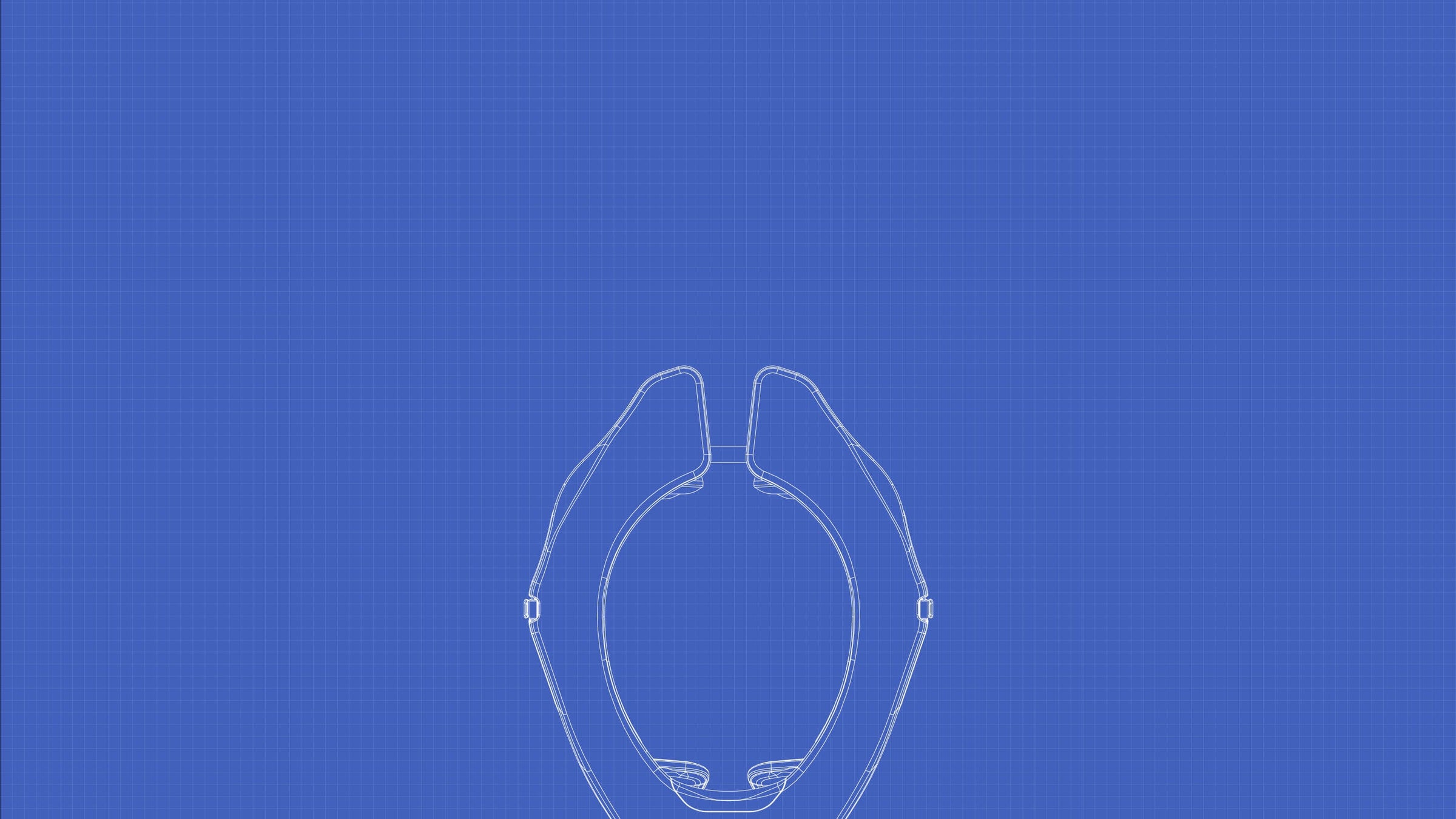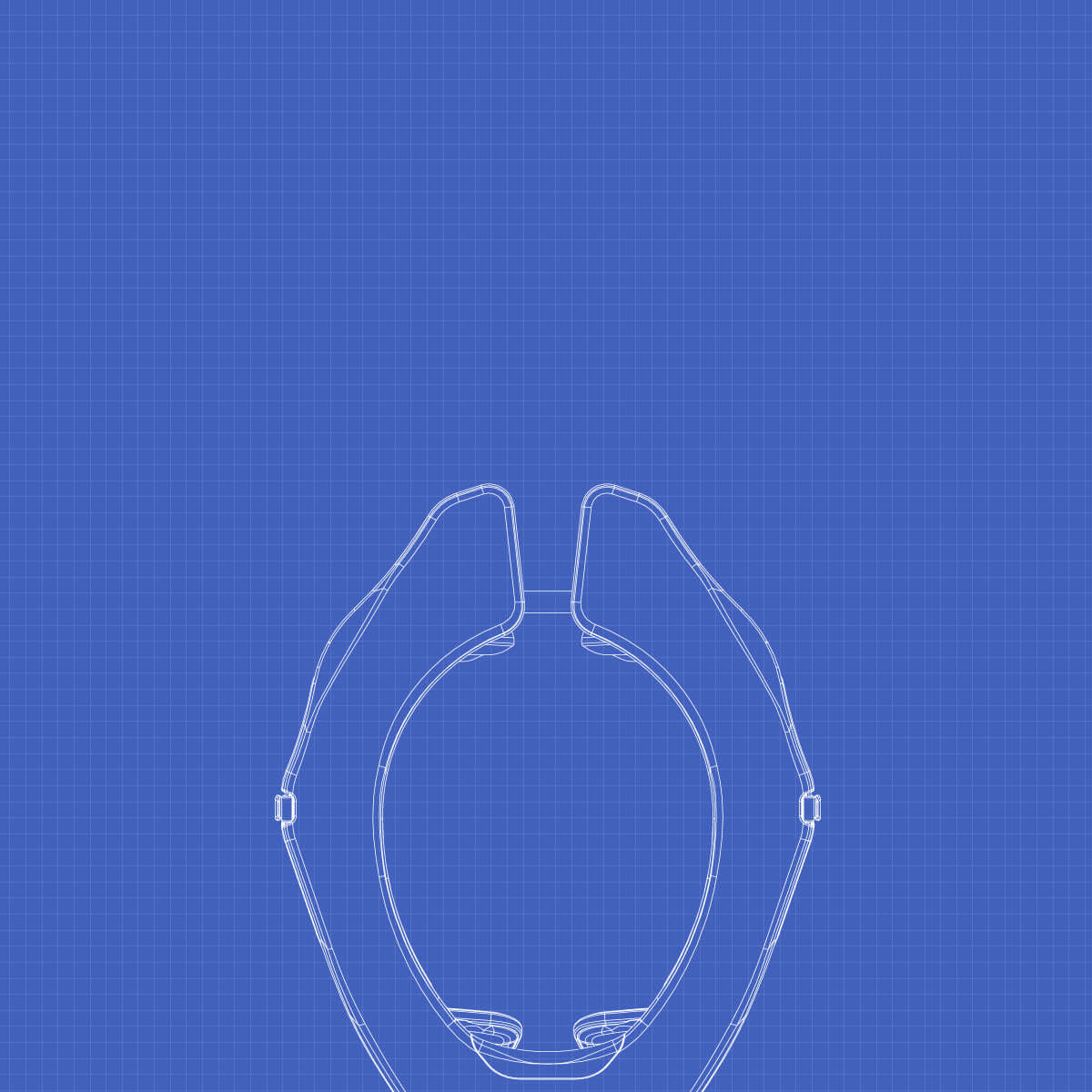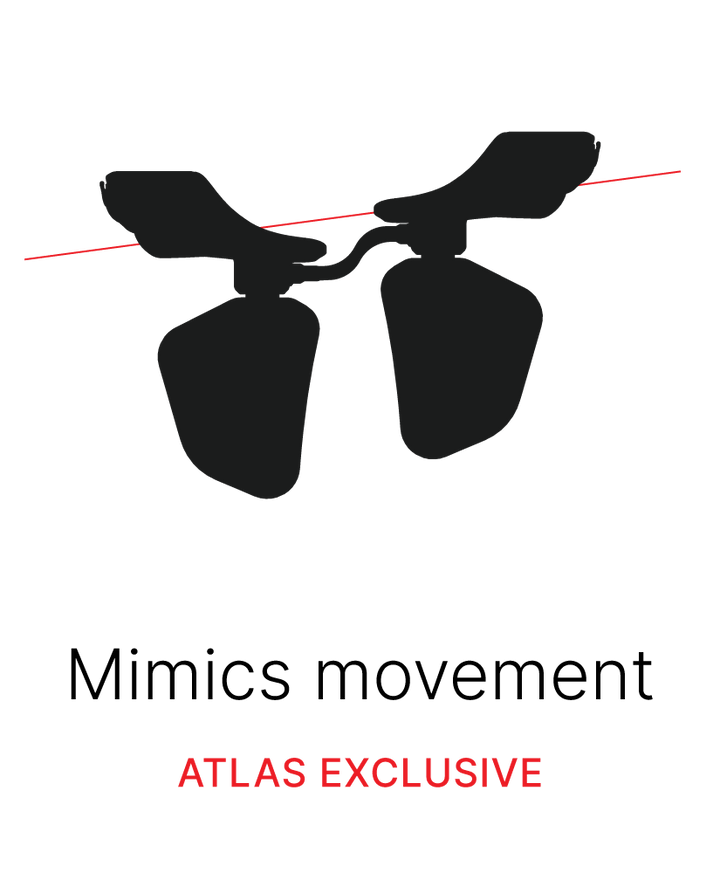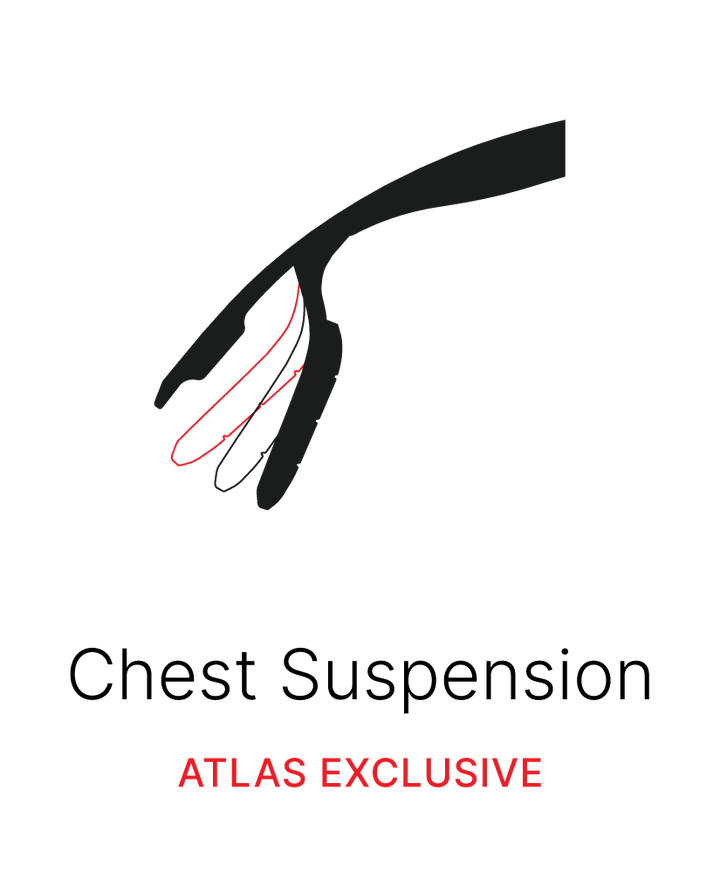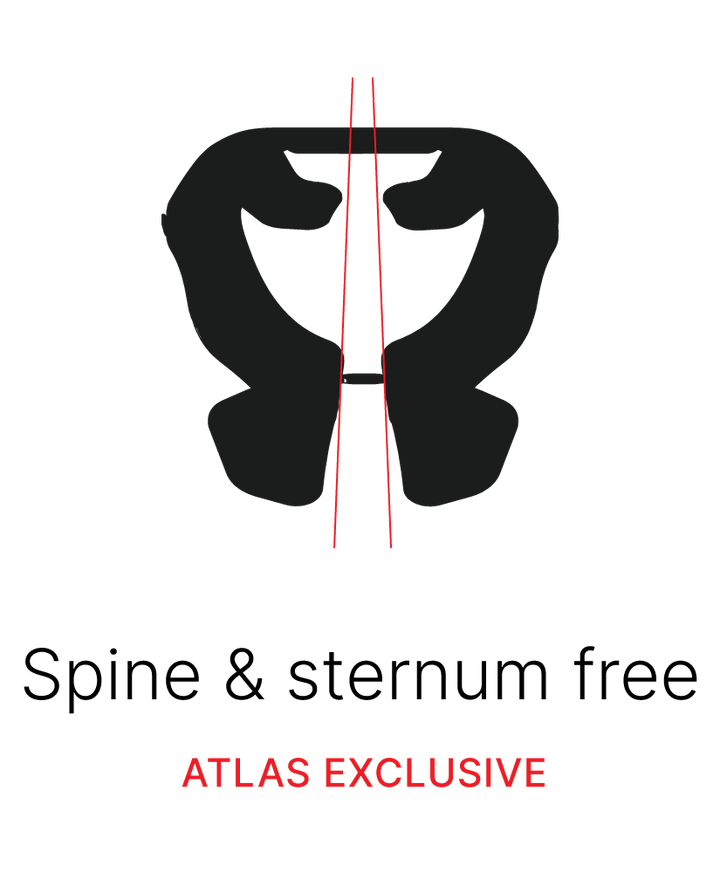The path to injury reduction
Reducing injuries starts with reducing & mitigating impact forces
Every feature is meticulously engineered for this purpose
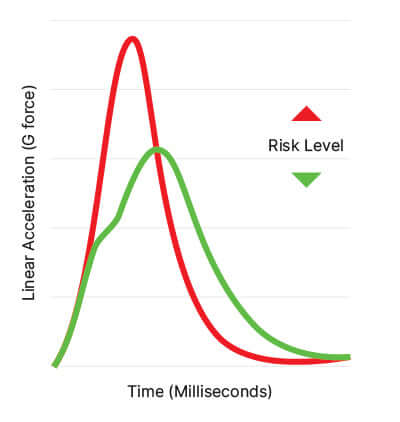
Motion + Time
Sudden stops - like hitting the ground - spike impact forces over a short time (milliseconds) - often leading to injury. Extending motion over a greater amount of time can help lower the total forces, which is necessary to reduce injuries

Flexibility
Flexibility manipulates both motion and time by slowing and controlling a continued motion of the head and neck over a longer period of time when compared to a sudden stop
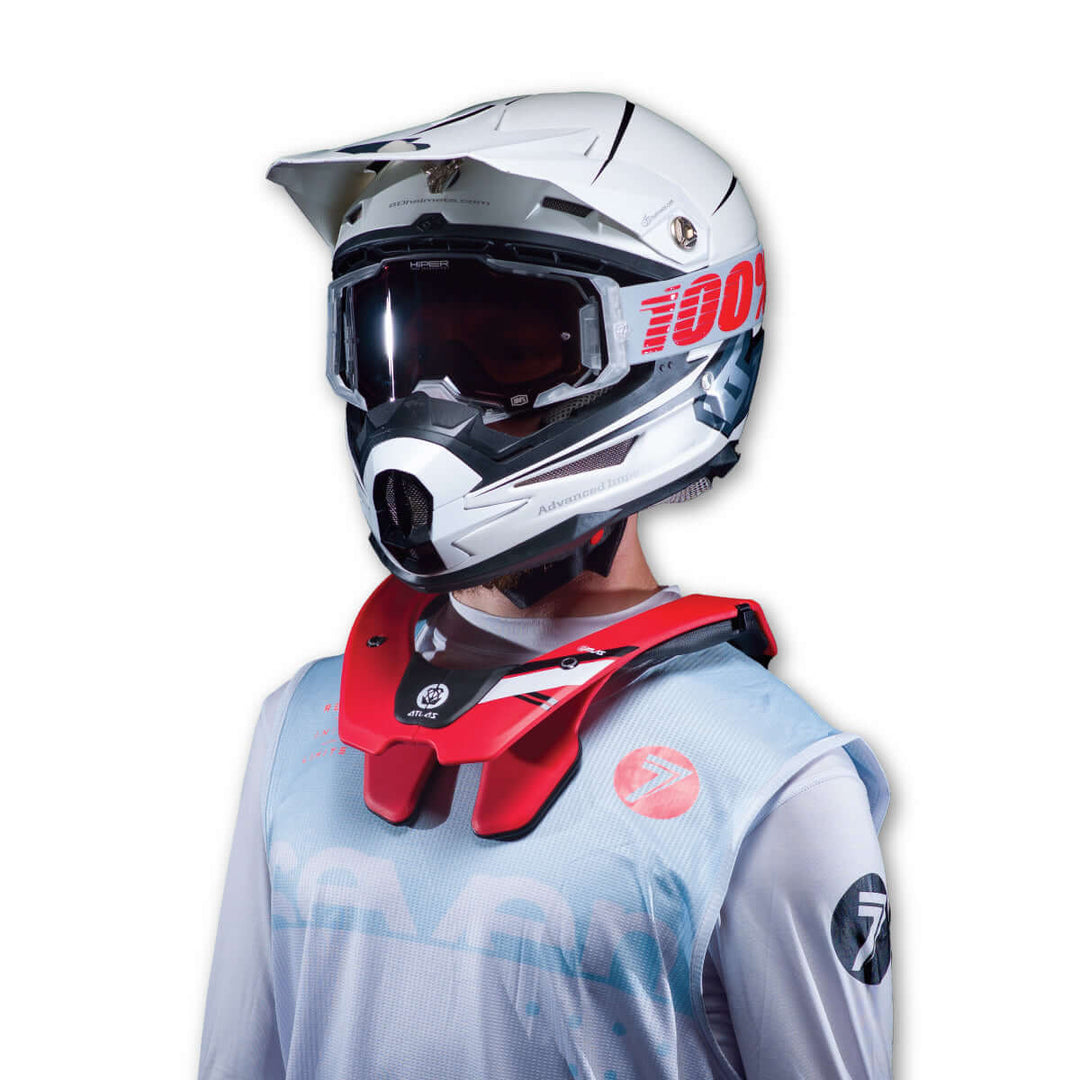
Going Beyond
Our goal is to save your neck, without causing other issues in the process. Every design choice is based on avoiding secondary injury. Transferring energy around your delicate spine & sternum, for example
Rigid vs Flexible
Which should you choose?
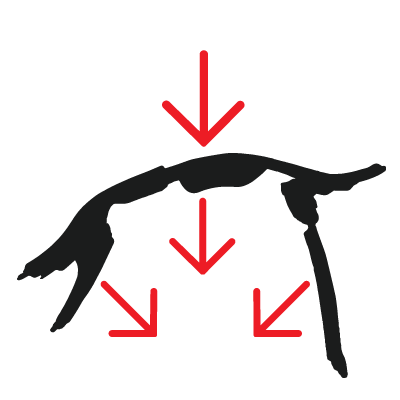
Rigid - 2 Step System
- Used by competitors -
IMPACT - Helmet contacts the brace (sudden stop)
DISTRIBUTE - Full forces transferred to the upper body
with select failure points at high force load
A rigid system reduces forces to the neck, potentially at the expense of the body. Engineered failure may compromise safety in a multi-crash scenario
Result: Intended for one time use

Flexible - 3 Step System
- Innovated by Atlas -
IMPACT - Helmet contacts the brace (controlled motion)
ABSORB - Energy dispersion through flexible construction
DISTRIBUTE - Remaining reduced forces transferred to the upper body
A flexible system reduces forces to the neck while reducing the secondary burden on the body - using flexibility instead of engineered failure
Result: Suitable for multiple impacts
Multi-crash scenarios are common in racing & extreme sports
We believe flexibility is the only way for a neck brace to function across multiple impacts
ALWAYS
INNOVATING
INNOVATING
The Atlas Brace™ user experience is second to none
Our Patented category leading innovations provide unmatched mobility, comfort and safety-first features built into every detail - Features only available from Atlas
Lesser-known Atlas Brace™ features
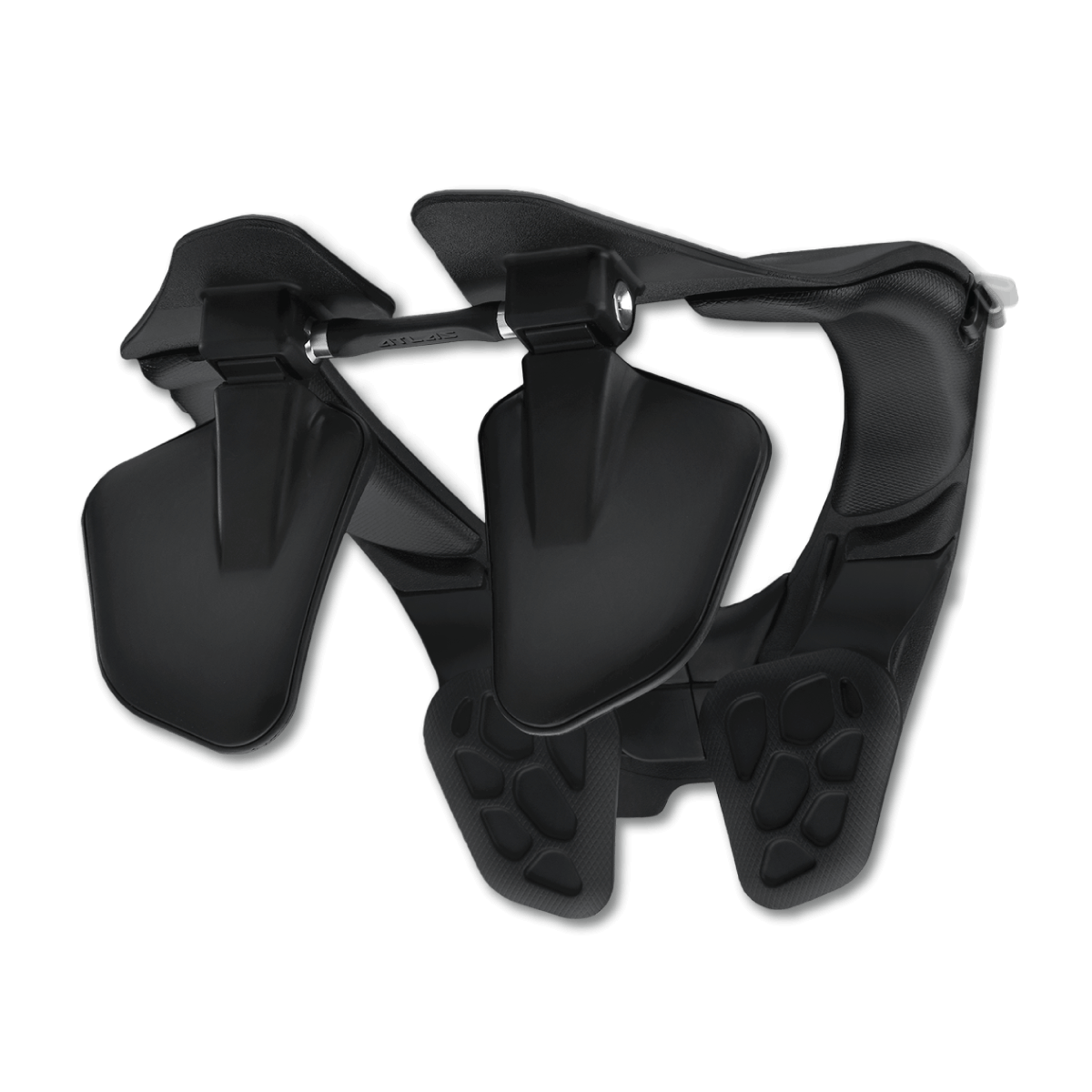
For the process(es)
The secondary benefit of the Split-Frame is preventing contact with the delicate Spinous Process - the thin part that protrudes rearward from each vertebra (you can feel them against your skin)
In an accident the brace may get pushed into your neck, and we want to avoid contact with these to avoid a potential fracture
Tether
Splitting the frame added many benefits, but also left the possibility a brace could get pulled in opposite directions - something the tether solves. Our tethers not only keep the two sides of the brace in control, they also act as the axle nuts for the back supports
Hook Dilemma
Often overlooked, these seemingly simple clips solve a complex problem. You cannot build a strap hook upwards or outwards as they will catch on the helmet. You cannot build downwards in a rigid manor, or they could puncture your shoulder. To solve this, we developed a live-hinged clip that auto-rotates during an impact, avoiding bodily harm without impeding the helmet
Independent Function
Chest suspension operates independently on each side, automatically adapting to the body in a crash - An Atlas exclusive
Length Matters
Atlas back supports are significantly shorter than the competition, to avoid digging into your mid-back (thoracic spine) during an certain impact scenarios
Since there are 2 of them, surface area touching your body is still greater than the competition, which spreads impact forces over a wider area so you feel less of them
We've come a long way


2012 vs 2024
950g (2.1 lbs) vs 550g (1.2 lbs)
Have a question? Contact us >



